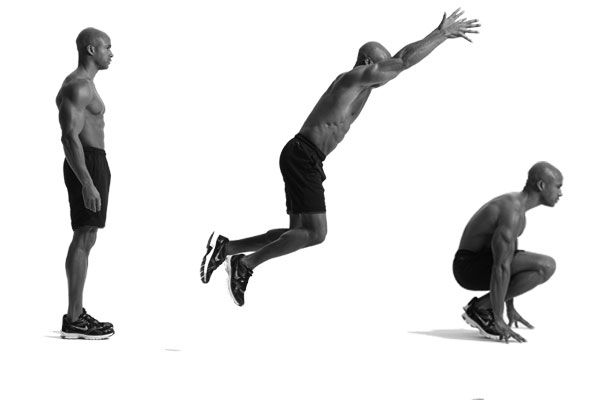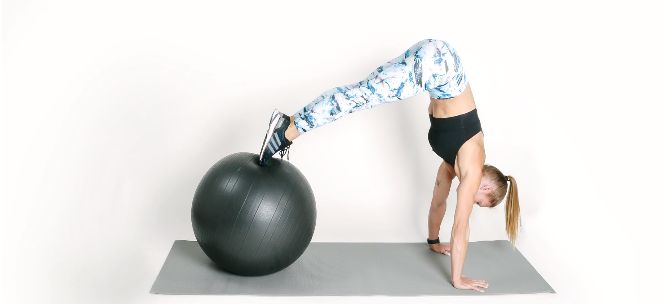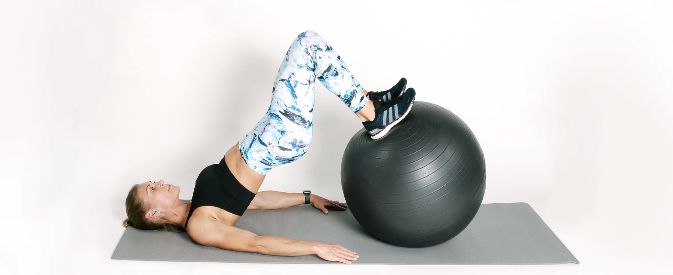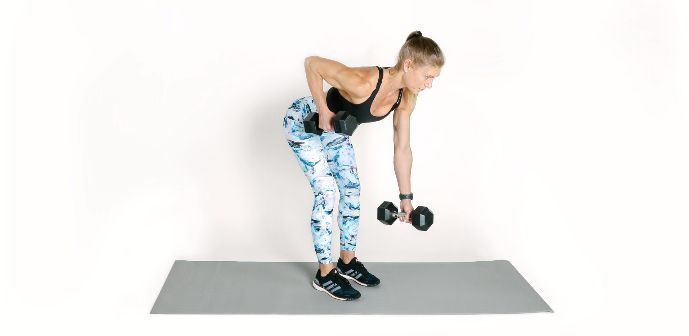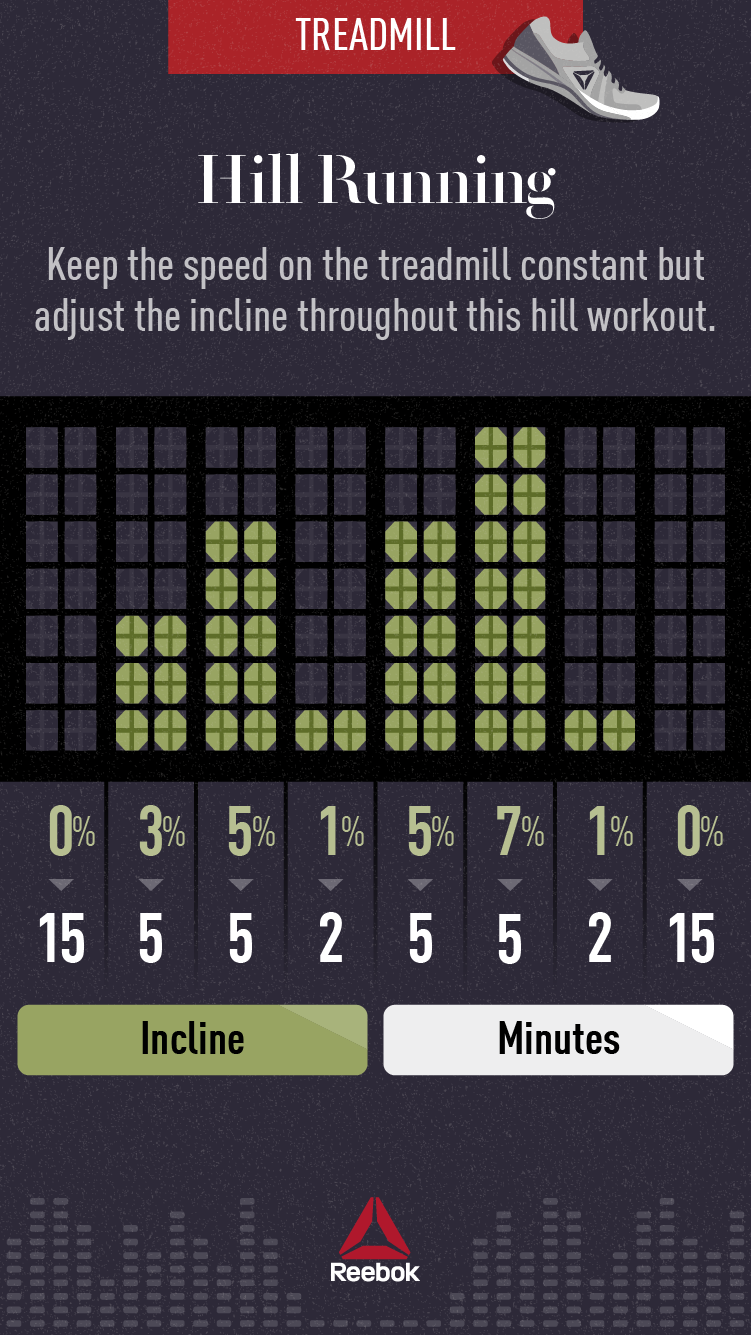Jimmy Fallon once said, "Don't keep reaching for the stars because you'll just look like an idiot stretching that way for no reason." Turns out he may be right. New research indicates that the flexibility that is a by-product of pre-run static stretching may be a biomechanical factor that hurts running economy, which is a measure of your overall efficiency. Do something to worsen your running economy before a race or workout, and you're going to go slower. That's why growing numbers of elites have eliminated static stretching before their most important runs and replaced it with a series of dynamic stretching exercises.
A study published in the Journal of Strength and Conditioning Research in 2009 explains the logic behind the switch. Researchers at Nebraska Wesleyan University enlisted male and female collegiate distance runners to complete sit-and-reach tests to measure flexibility, and then put them on a treadmill to determine running economy. The result: An increase in hamstring flexibility generally correlated with a decrease in running economy.
As the researchers wrote, "[T]he less flexible distance runners tended to be more economical, possibly as a result of the energy-efficient function of the elastic components in the muscles and tendons during the stretch-shortening cycle."
Ralph Reiff, a licensed athletic trainer and director of sports performance for St. Vincent Hospital of Indianapolis, has worked with collegiate and elite runners for many years. He explains that static stretching isn't all bad, but from a performance perspective, "static stretching causes an inhibition or a breakdown of the excitability of the muscle tissue." The immediate effects from static stretching actually include decreased muscle function.
"To get a good static stretch you are asking the body on a subconscious level to relax," says Reiff. "From a muscle-recruitment standpoint, you don't want to turn the muscles off in a relaxed state prior to asking them to perform. The elastic energy of a tighter muscle is going to have more recoil and power than a heavily stretched muscle.
The caveat is that simply eliminating static stretching won't necessarily increase performance and decrease injury. This is where dynamic stretching comes in. Rather than standing in one place and forcing your muscles to stretch, this type of stretching trains the muscles to warm up and fire the way you want them to through a series of dynamic movements.
Under the tutelage of Reiff, Team Indiana Elite, a post-collegiate program out of Bloomington, Ind., has adopted a regular dynamic stretching routine. Speaking about a set of dynamic stretches and pre-activation drills developed by Reiff, Team Indiana's Stephen Haas says, "I think it has really helped. I've done more mileage and better workouts than I ever did in college and I've somehow been able to stay healthy."
Overall, the 13-member team has had no major injuries since forming three years ago. Haas, a 2:18 marathoner and 130-mile-aweek runner says, "It's all about getting every muscle in the lower leg, upper leg, hip, butt, and glutes activated." The team performs dynamic stretches before every run and race.
Team Indiana's coach, Robert Chapman, explains, "Basically, by engaging in these activities, we can neurologically activate specific muscle groups prior to running, which helps us minimize injuries and perform better in the subsequent workout." As seen with Chapman's runners, dynamic stretching can assist in bettering performance, while simultaneously reducing injuries.
On a physiological level, Reiff also describes dynamic stretching as a way to stimulate the neurological system, which in turn activates the muscles. This, he explains, makes them more resilient to external stimulus, which leads to a quicker neurological response, "so the muscle is standing ready when called upon to run faster, jump higher, and do what the athlete wants it to do."
A DYNAMIC APPROACH
"The dynamic warm-up piece is truly like turning a light switch on before walking into a dark room," contends Reiff. Dynamic stretches that include quick-paced movements like bounding, jumping, and single-leg swings help to fire up the muscles that you want to perform. To implement a dynamic warm-up routine, Reiff suggests choosing a set of exercises you will remain committed to and practice before every run and race. The routine described at the right can be done in 10 minutes.
While static stretching remains a good post-run ritual, the research and applied evidence touts the many advantages of engaging in a dynamic routine in its place. Says Reiff, "Dynamic stretching recruits more of the body than static stretching. We certainly don't throw away static stretching, but it has its place. For pre-race and pre-training, dynamic flexibility and movement has a much better return on the investment." Reiff recommends performing the exercises before every regular run. Prior to hard workouts and races it tends to work best to do a warm-up jog and then perform the dynamic stretches, followed by strides. This helps to adequately warm up the muscles and then get the right ones firing in the right ways.
Reiff adds, "If you can train athletes on a daily basis to fire those muscles appropriately and go through a dynamic warm-up that ensures that all muscle groups are worked, then you have a better runner."
SEVEN DYNAMIC STRETCHES
1) REVERSE LUNGE WITH TWIST
Take an exaggerated step backwards with the right leg. Go into the lunge position, twist your torso to the left, and reach for your right heel with your left hand. Come back to lunge posit ion, stand up, and step back with the left leg to repeat on the other side. Continue for 50 meters
2) KNEE CRADLE
Standing, lift your left leg with the knee facing outwards. Use your hands to cradle the leg at the knee and ankle; avoid pulling on the foot. Simultaneously rise to your toes on your right foot before releasing your left leg, stepping forward, and repeating on the other side. Continue for 50 meters
3) STRAIGHT LEG MARCH
March forward and swing your leg straight in front of you with each step. Attempt to touch your foot with the opposite hand upon each swing. Continue for 50 meters
4) BUTT KICKS
As you run, bend your knee and bring your heel back to your butt with each step. Steps should be short and rapid as you focus on the frequency of the butt kicks, rather than the pace at which you move forward. Drive your arms forward with each step. Continue for 50 meters
5) HIGH KNEES
Running on the balls of your feet, bring you r knees up as high as possible with each step. As with butt kicks, pay attention to frequency rather than pace. Steps should be small and quick. Drive your opposite arm forward as each knee comes up. Continue for 50 meters.
6) CARIOCA
With your shoulder s square and facing one direction, get into a semi-squatting position. Cross your left leg in front of your right leg, bring your right leg through, and then cross your left leg behind your right leg. Go 50 meters one way, continue facing the same direction, and go back.
7) SCORPION
Lying face down with your chest on the ground, pull your left leg up and across the right leg to the opposite side of your body. Switch sides continuously until you have performed the stretch 10 times on each side.



